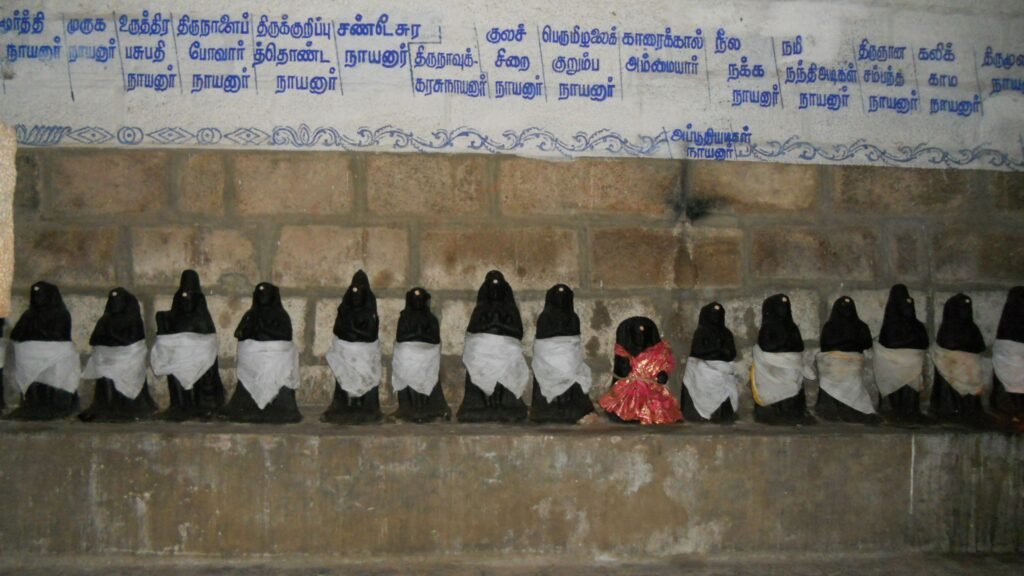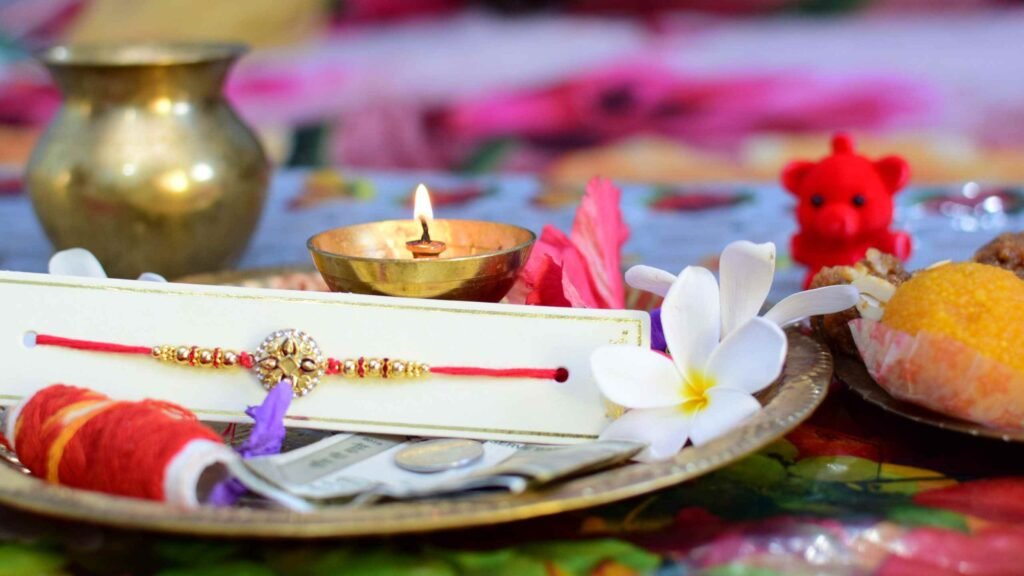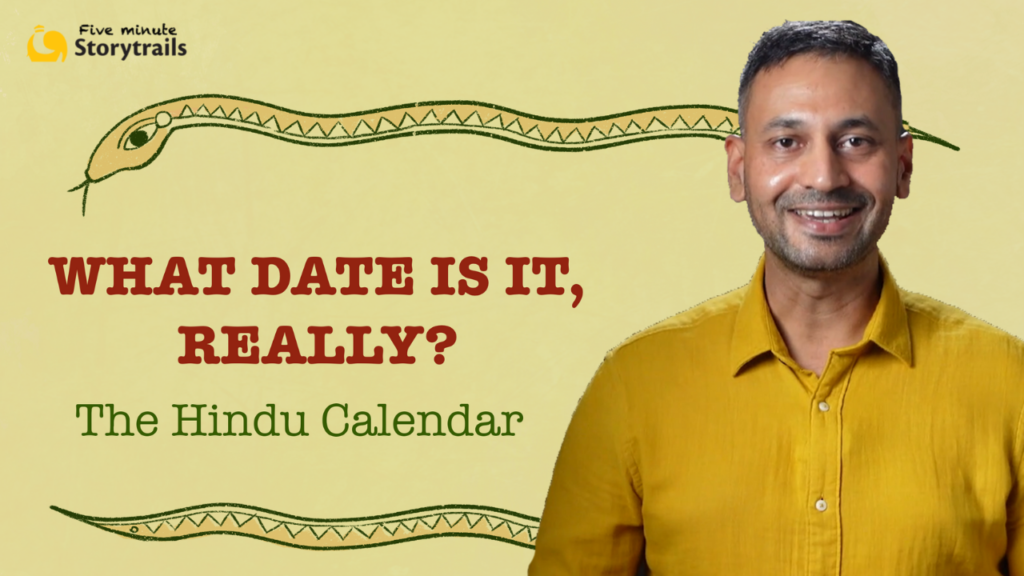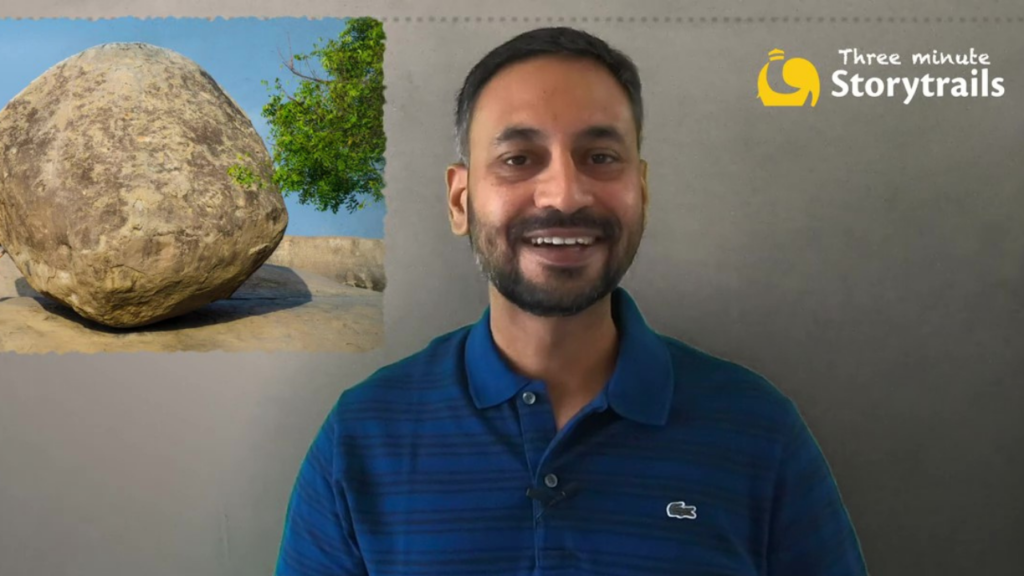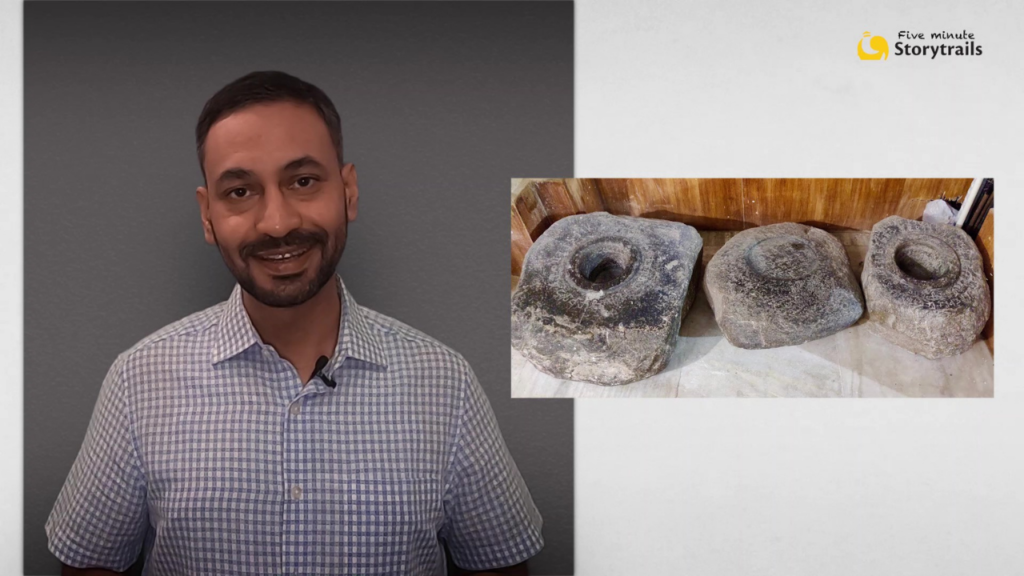The Somaskanda was a popular icon during the Pallava period. You can see it sculpted on the walls of the Atiranachanda Cave temple, the Shore temple and many other 7th-8th century monuments at Mamallapuram, Tamil Nadu. You can also see many spectacular Chola-period bronzes of the Somaskanda at the Egmore Museum in Chennai. The icon represents Shiva, the god of destruction, his wife Parvati, and their son, the ancient warrior god, Muruga. The picture, though, seems a little incomplete, doesn’t it? There’s someone missing from this family portrait. Why did the sculptors leave Ganesha out?
This short video explores some possible answers as it takes you on a journey through the changing religious landscape in Pallava territories during the first 1000 years of the common era.
This video is brought to you in partnership with Tamil Nadu Tourism and Saint-Gobain
Editing credits: Venkat Krishna
Music, Sound Design, Mix & Master: Vedanth Bharadwaj
Wardrobe Sponsor – Rare Rabbit

